The melody had three daddies — in 1944 bandleaders Duke Ellington and Harry James collaborated with alto saxophonist Johnny Hodges to develop the tune — but it was those sassy lyrics that made the song:
I never cared much for moonlit skies,
I never winked back at fireflies,
But now that the stars are in your eyes,
I’m Beginning to See the Light!
Those words came from the smart pen of the great Don George. In his book, The Poets of Tin Pan Alley, Philip Furia praised George’s witty use of a list of “light” images and his ability to deal with a difficult song.
“Ellington’s tune was particularly hard to set,” Furia noted, “since each A section consists of the same, driving vamp-like phrase repeated three times over before the melody finally changes.”
In his way, George heightens this musical insistence, using the same rhyme for the first three lines of each section, then “George ends by rekindling one of the oldest songwriting cliches, mixing his metaphors of light and heat:”
But now that your lips are burning mine,
I’m beginning to see the light.
Beyond the Light
While Don George surely is best known as one of Ellington’s prime lyricists, his career spanned another 40 years following the Duke era and included such pop hits as "The Yellow Rose of Texas” for the iconic Mitch Miller.
George also worked on special material for many performers, from Nat King Cole and Patti Page to The Pointer Sisters.
His lyrics are a study guide for wordsmiths of all stripes. For instance, in David Jenness' and Don Velsey's discussion of composer Moose Charlap, they note that one of the cleverest apologies ever comes from a 1956 George lyric for a famous Charlap melody:
The girl in my arms meant nothing to me,
I Was Telling Her About You.
On the Charts
But let’s get back to “Beginning to See the Light.” A year after its composition, the song spent several weeks on “Your Hit Parade” and charted three times in 1945, with co-writer Harry James’ version leading the pack.
Ellington vocalist Joya Sherrill, who was only 17, had just joined the band when they recorded the tune in an arrangement that featured co-author Johnny Hodges on sax and Lawrence Brown on trombone.
Jazz instrumentals of song have been recorded by bassist Oscar Pettiford, pianist Art Tatum, drummer Chico Hamilton and vibist Red Norvo. Vocalists Ella Fitzgerald, Peggy Lee and Frank Sinatra all have made memorable renditions.
More recently, Ann Hampton Callaway included it in her 1996 tribute to Fitzgerald, guitarist Martin Taylor and the David Grisman Quartet recorded it in 1999, and in 2004 — 60 years after the song’s creation — it was revived by the late, great Al Jarreau.
Our Take on the Tune
Our latest Duke Ellington number, this is a sweet vehicle for sassy solos by everyone in the band.

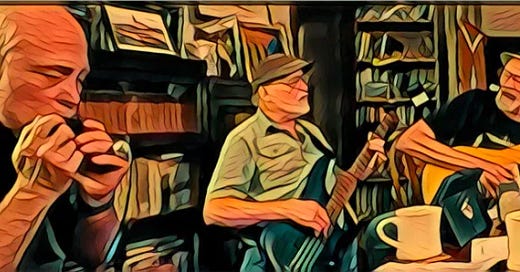


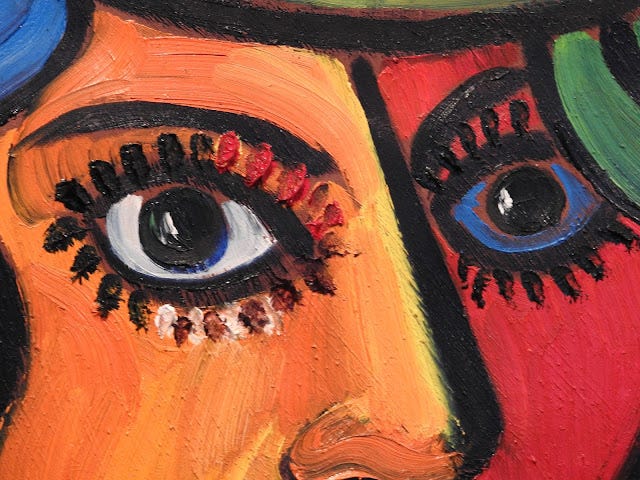
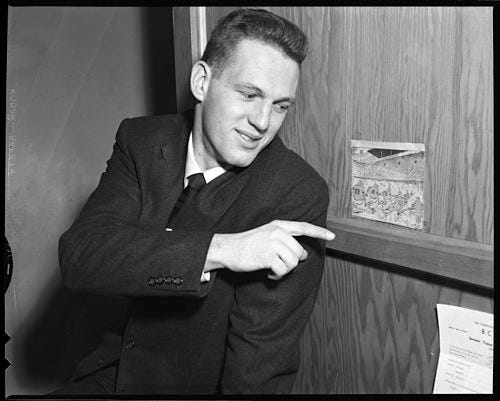

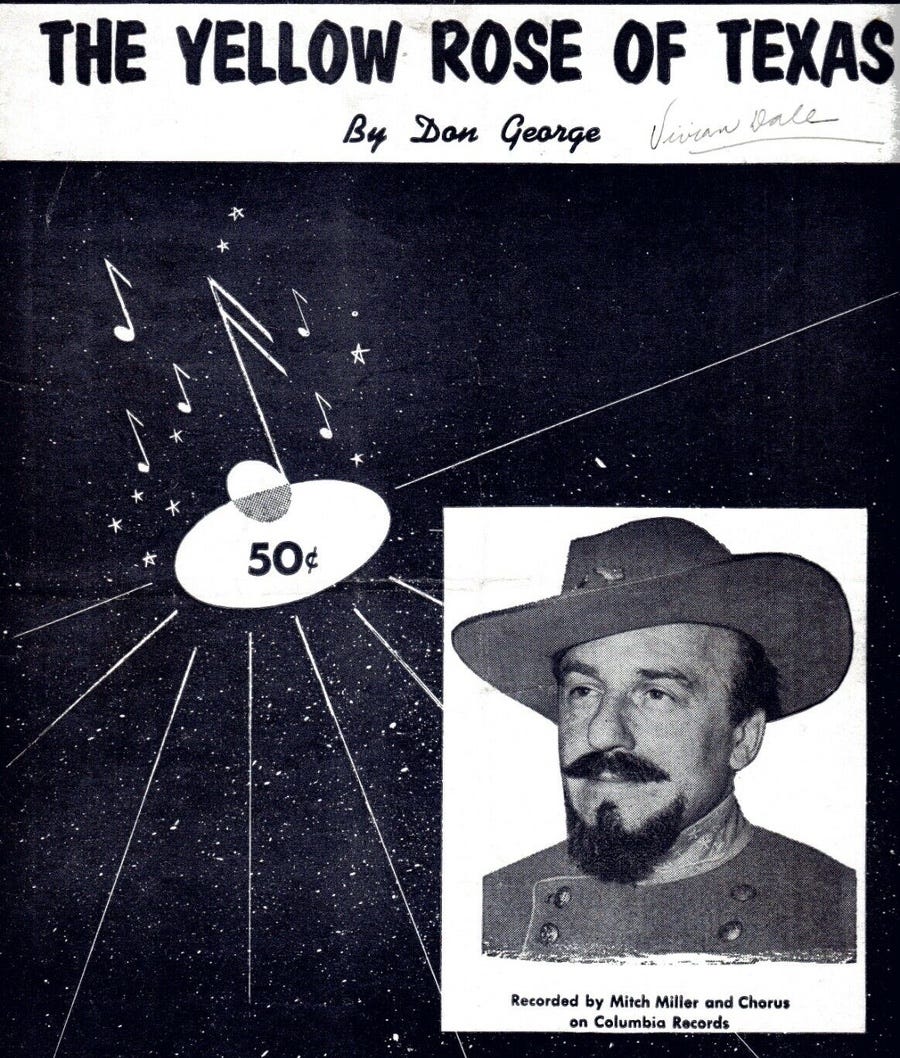










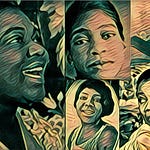
Share this post